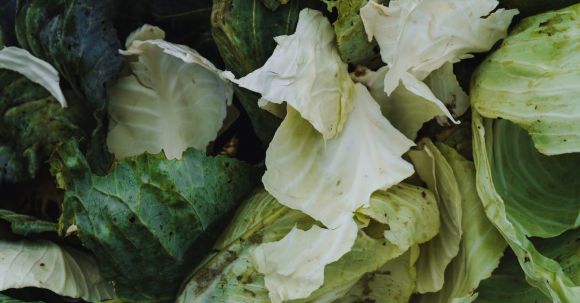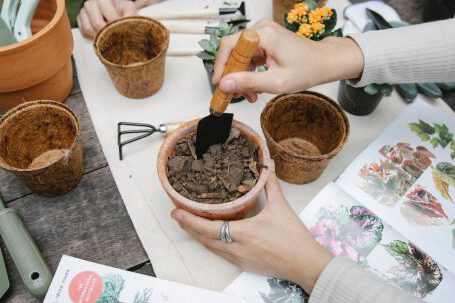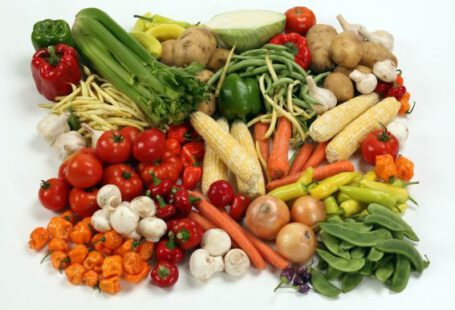Permaculture gardening is a sustainable and holistic approach to designing and managing agricultural ecosystems. It is a philosophy that aims to mimic the patterns and relationships found in natural ecosystems, creating a harmonious and regenerative environment. By following a set of principles, permaculturists strive to create productive and resilient gardens that benefit both people and the planet. In this article, we will explore the core principles of permaculture gardening and how they can be applied to create thriving and sustainable gardens.
1. Observation and Interaction
The first principle of permaculture gardening is to observe and interact with the natural environment. By carefully observing the land, climate, and natural patterns, gardeners can gain valuable insights into the needs and behaviors of the ecosystem. This allows them to make informed decisions and design their gardens in harmony with nature. Through active interaction, gardeners can actively participate in the ecosystem and create a symbiotic relationship between humans and the natural world.
2. Catch and Store Energy
Permaculture gardening emphasizes the importance of capturing and storing energy from the sun, wind, and water. This energy can be harnessed and utilized to power various functions within the garden, such as heating, cooling, and irrigation. By utilizing renewable energy sources, permaculture gardens can reduce their reliance on external energy inputs, making them more self-sufficient and sustainable.
3. Use and Value Renewable Resources
Permaculture gardening promotes the use and value of renewable resources. Instead of relying on non-renewable resources such as fossil fuels and synthetic chemicals, permaculturists prioritize the use of renewable resources like organic matter, compost, and natural fertilizers. By cycling and reusing resources within the garden, permaculture gardens can minimize waste and reduce their environmental impact.
4. Design from Patterns to Details
In permaculture gardening, the design process starts with observing and understanding the patterns and relationships within the ecosystem. By identifying and analyzing these patterns, gardeners can then design their gardens to mimic and enhance them. This approach ensures that the garden is harmoniously integrated into the larger landscape and functions as a coherent and interconnected system.
5. Integrate Rather Than Segregate
Permaculture gardening encourages the integration of different elements within the garden. By creating diverse and interconnected systems, gardeners can maximize the productivity and resilience of their gardens. For example, companion planting, where different plant species are grown together to mutually benefit each other, is a common practice in permaculture gardening. By integrating plants, animals, and other elements, permaculturists create a balanced and self-sustaining ecosystem.
6. Use Small and Slow Solutions
Permaculture gardening emphasizes the use of small and slow solutions rather than large-scale interventions. By starting small and gradually expanding, gardeners can carefully observe and adapt their practices to the specific needs of their garden. This approach allows for a more sustainable and resilient system, as it is based on a deep understanding of the local environment.
In conclusion, permaculture gardening is a holistic and sustainable approach to gardening that aims to create harmonious and regenerative ecosystems. By following principles such as observation and interaction, catch and store energy, use and value renewable resources, design from patterns to details, integrate rather than segregate, and use small and slow solutions, permaculturists can create thriving and sustainable gardens that benefit both people and the planet. Whether you are a seasoned gardener or just starting out, incorporating these principles into your gardening practices can help you create a more resilient and sustainable garden. So, why not give permaculture gardening a try and embark on a journey towards a more sustainable future?





